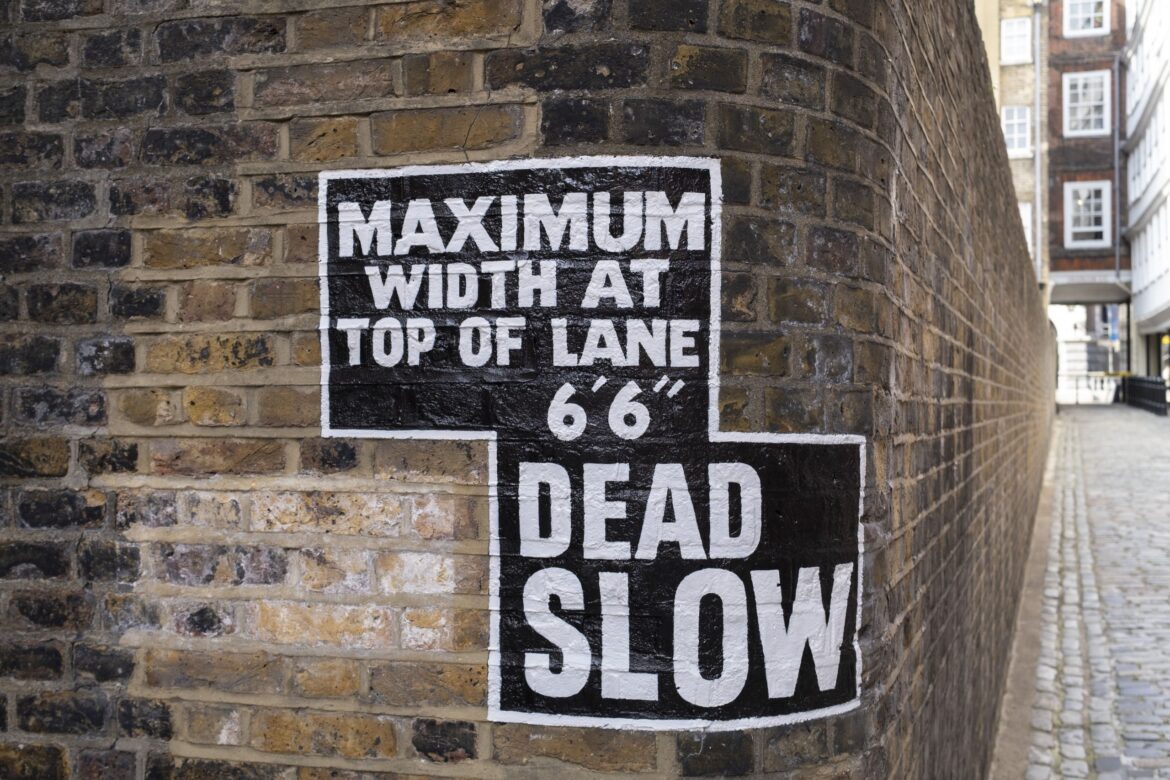According to Active Travel England (ATE), many British roads aren’t currently wide enough to be safe for cyclists. On “standard” British roads – relics of Victorian 12-foot width standardisation – the necessary 1.5 metres needed to safely pass a cyclist is not possible.
Under new guidance from the active travel body for England (outlined in a 16 point document titled, ‘Critical Safety Issues for Walking, Wheeling and Cycling’) roads should be narrowed to force drivers to move lanes in order to overtake cyclists, or widened to enable safe overtakes.
“Collisions from alongside are one of the most frequent types of collision for cyclists and are more likely where lane widths encourage close passing,” reads a statement from ATE. “The risk is reduced when lanes are 3.9m or wider, while lanes narrower than 3.25m are usually narrow enough to discourage drivers from attempting to overtake a cyclist when it is unsafe to do so.”
Narrower roads leave more room for pedestrians, too – on King William Street in London, road lanes are currently being narrowed to below 3.25m to create space for new trees and seating. This £3.3 million project is a precursor to a £43 billion road building programme across England set to implement ATE’s guidance.
The case to widen roads seems strong, too. With the amount of SUVs in England’s cities increasing tenfold over the last 20 years, there could be more competition for space on the country’s roads if the trend continues. Cars do only seem to be getting bigger.
“It might seem like tinkering with history but not only is shifting lane widths good for helping cyclists stay alive, it’s also good for making places nicer too,” Simon Munk , London Cycling Campaign’s Head of Campaigns and Community Development told Zag Daily.
When it comes to the implementation of the guidance, ATE suggests changing existing road markings during routine maintenance, so two opposing lanes are of varying sizes – one between 3.25m and 3.9m and the other reduced to 3.25m or increased to 4.05m.
